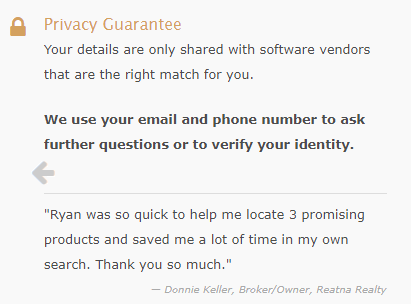Beware of suspicious "anonymous buyers" when showing a home.
Imagine this: you are a professional agent, with years of working with both buyers and sellers alike. You receive a call one day regarding a house someone would like to see, but they don’t wish to give any of their personal information. Sure, that’s fine, you’ve had clients like this before. They’re not attached to the home, they don’t know how interested they are, etc. They need to see it first for themselves. So you agree.
After showing the home, you get a distressed phone call from the current owner. Jewelry, money, family heirlooms, what-have-you, are missing. You remember your anonymous buyer had been acting strange during the showing. He went off by himself for a bit to examine the upstairs bedrooms. You try to track him down, but you can’t – he wouldn’t disclose any details that might have helped you.
This issue has been occurring rather often in recent years within the real estate community.  Buyers will act interested in a home only to get close to expensive belongings. They will be hesitant to give information in preparation of their theft. This is a foolproof plan on their part, since there is no way of them getting caught. Yes, the authorities can and should be notified, but without much information, there is little for them to go off of.
Buyers will act interested in a home only to get close to expensive belongings. They will be hesitant to give information in preparation of their theft. This is a foolproof plan on their part, since there is no way of them getting caught. Yes, the authorities can and should be notified, but without much information, there is little for them to go off of.
This raises the question: should you allow anonymous buyers to view houses at all? Many realtors nowadays will say no simply because of high risk it entails – you don’t know who you may be alone with. However, the question of ethics also comes into play here. Clients are not required to give information they do not want to give, and agents cannot turn them away due to their right to privacy. Therefore, it is important to notice the signs of dealing with a “shady” buyer:
1. Secretive behavior – while it is true that clients do not have to give any information they do not want to, keeping any and all information at bay seems suspicious. If they are holding out on harmless information, such as their name, they may be up to something.
2. Looks that don’t seem to fit – yes, the saying that “looks can be deceiving” is true. However, if you are showing a multi-million dollar home to someone wearing torn clothing and missing teeth, you might be seeing a red flag.
3. Aggression – if a client gets too defensive about questions or starts showing signs of hostility, it may be the time to leave altogether. They may be adamant about viewing the house on their own, and could snap at you if you try to suggest otherwise. Aggressive acts are usually a sign of an ill-motived buyer.




 Where do we send your free Great Agent demo?
Where do we send your free Great Agent demo?





 We just need some facts about your organization:
We just need some facts about your organization:
COMMENTS